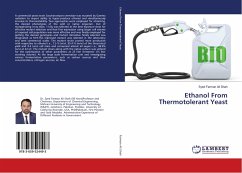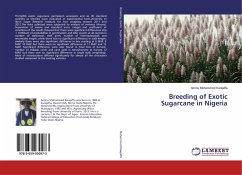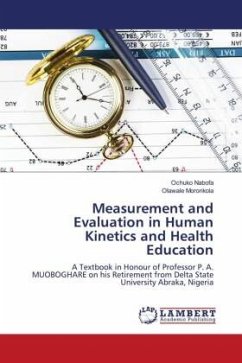A study was carried out to find out somaclonal variation along with induction in sugarcane through biotechnological approaches such as in vitro regeneration, acclimatization of the regenerates, mutation as well as somaclones development, screening for red rot resistant somaclones, characterization of induced somaclones using morphological tools, RAPD and SSR Markers. The sizes of the amplified bands in the 4 varieties and their 8 somaclones ranged from 115 bp to 434 bp based on 5 SSR primers using Polyacrylamide Gel Electrophoresis. Therefore, it may be concluded that RAPD and SSR markers can be used for identification of somaclonal variation and the relationship between parents and their somaclones.








